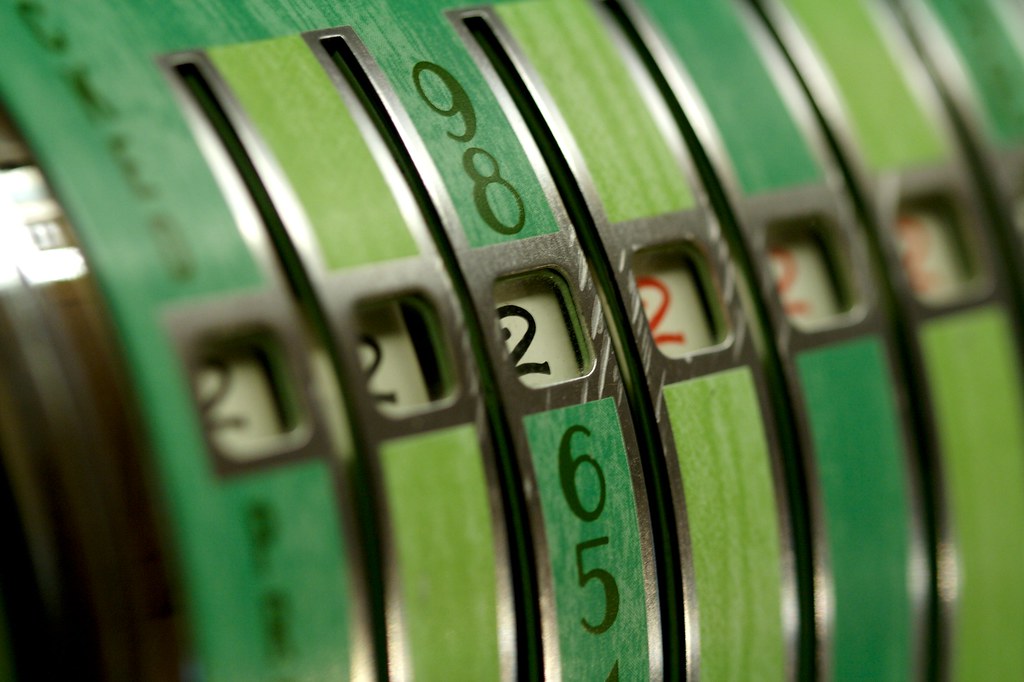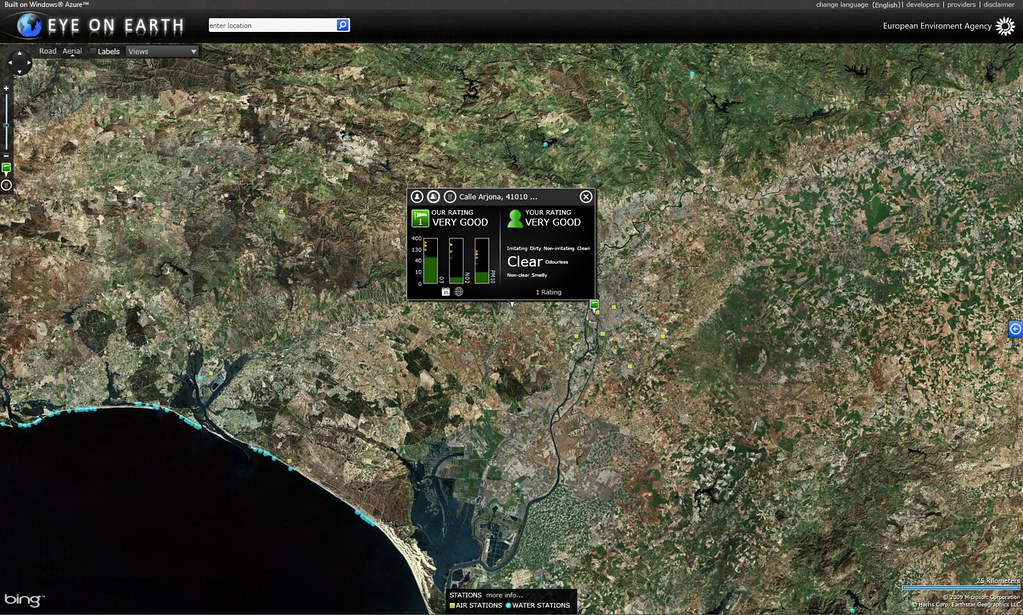
Photo credit just.Luc (just.Censored)
-
World’s largest reinsurance company: Something must be done
“Globally, the average number of major weather-related catastrophes such as windstorms, floods or droughts is now three times as high as at the beginning of the 1980s. Losses have risen even more, with average increases of 11 percent per year since 1980, the reinsurance company Munich Re says in a statement.
“Something must be done.”
-
Progress Energy Carolinas plans to retire remaining unscrubbed coal plants in N.C.
Progress Energy announced that by the end of 2017, the company intends to permanently shut down all of its remaining N.C. coal-fired power plants that do not have flue-gas desulfurization controls (scrubbers) because it is too expensive to fit them with the required pollution controls.
-
Environmental groups unprepared for ‘Swift Boating’ of climate science | Grist
Are the climate skeptics increasingly winning the battle for public opinion? On the very eve of the Copenhagen conference, there are signs that they are—and that environmental groups are allowing them to do.
Polls on both sides of the Atlantic over the last weeks indicate that fewer people now believe that global warming is taking place or that humanity is responsible.
-
Offers on the table ahead of the Copenhagen climate change talks are only “a few billion tonnes” short of the scale of annual CO2 emission cuts required to meet 2020 environment targets, Lord Stern said today.
He acknowledged there was a “significant way to go” but insisted: “It is possible to get there.”
-
World leaders apologise for climate failure in Copenhagen airport ads
Superb advertising campaign in Copenhagen Airport where today’s world leaders are writing apologetic notes from a possible future where they didn’t act to prevent climate change
-
Global Carbon Emissions Increased Despite Recession |Triple Pundit
“Despite an economic crisis dubbed the “great recession,” carbon emissions grew last year by two percent, to a total of 8.7 billions of carbon. Last year, every person in the world produced an average of 1.3 tons of carbon, according to a report by the Global Carbon Project. During 2000 to 2008, the growth rate of atmospheric carbon increased 1.9 parts per million (ppm) a year, up from 1.3 ppm during 1970 to 1979.”
-
NASA satellites detect unexpected ice loss in East Antarctica
“Using gravity measurement data from the NASA/German Aerospace Center’s Gravity Recovery and Climate Experiment (GRACE) mission, a team of scientists from the University of Texas at Austin has found that the East Antarctic ice sheet-home to about 90 percent of Earth’s solid fresh water and previously considered stable-may have begun to lose ice.
The team used Grace data to estimate Antarctica’s ice mass between 2002 and 2009. Their results, published Nov. 22 in the journal Nature Geoscience, found that the East Antarctic ice sheet is losing mass, mostly in coastal regions, at an estimated rate of 57 gigatonnes a year. A gigatonne is one billion metric tons, or more than 2.2 trillion pounds. The ice loss there may have begun as early as 2006. The study also confirmed previous results showing that West Antarctica is losing about 132 gigatonnes of ice per year.”
-
Australia’s wine industry in peril from climate change | Business | guardian.co.uk
“Research by Macquarie University alerts Australian wine growers to consider new varieties of grapes to fend off the impact of climate change”
Posted from Diigo. The rest of my favorite links are here.




